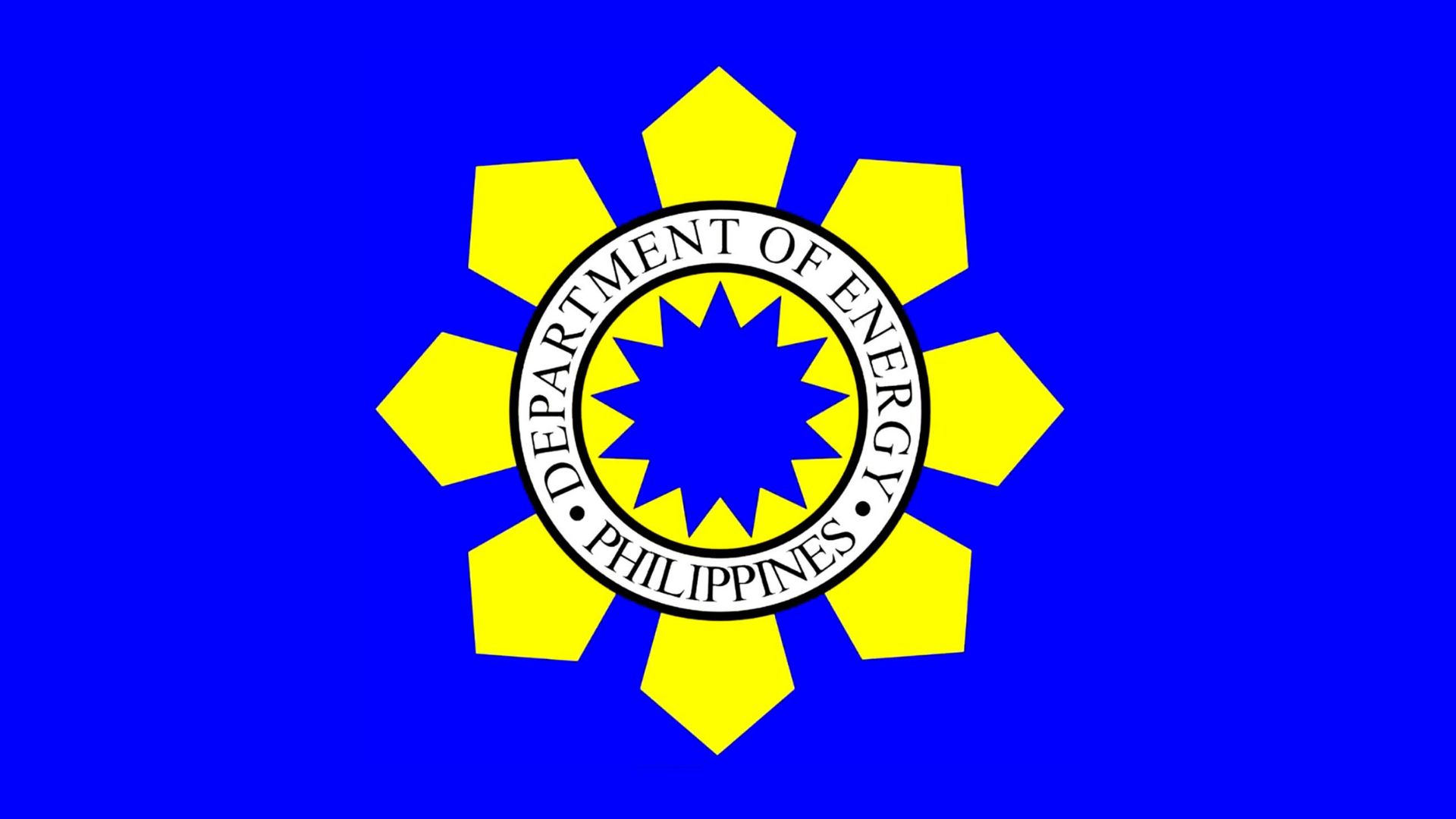DOE, Govt agencies still exploring nuclear power
- July 14, 2023
- 0

The Department of Energy (DOE) is still exploring the feasibility of introducing nuclear power, especially Small Modular Reactors (SMR) – seen as a reliable source of electricity – in the country.
“On emerging technologies, we are exploring the feasibility of introducing nuclear, especially small modular reactors, which are found to be reliable base-load capacity. It is also suitable, can be suitable, for off-grid areas with relatively smaller electricity demand power system,” Energy Undersecretary Sharon Garin said during the Philippine Power Plant Energy Summit.
Furthermore, Garin said that the DOE is finalizing the country’s Nuclear Energy Roadmap.
“We are now updating and finalizing the Nuclear Energy Roadmap to address the 19 infrastructure issues identified by the International Atomic Energy Agency based on its milestone approach,” Garin said
The Department Of Science and Technology (DOST)-Philippine Nuclear Research Institute (PNRI) Director, Carlo A. Arcilla, who was also at that summit, shared that the country is currently experiencing a “serious energy distribution issue” following the expected depletion of the Malampaya gas field.
Arcilla added that though having renewable energy (RE) in the power mix helped, its availability is only at 30%. “Renewables are only 30% available and we need a backup for that… But how do you replace Malampaya? LNG? Why not go for nuclear power?” he said.
The PNRI Director emphasized that nuclear power is highly reliable, with a consistent availability rate of 90%. Unlike other energy sources, nuclear power does not experience interruptions in production once it is operational. Moreover, it can serve as a dependable backup for solar and wind energy, ensuring a secure and stable energy generation system.
“So here it is, capacity factor or the availability, nuclear power 90% available. When you turn it on, it does not stop… And nuclear can back up your solar and wind. This is the thing, it can back up. So it should not be nuclear versus renewable. It should be a mix,” Arcilla said.
Chairman of the Special Committee on Nuclear Energy, Hon. Mark O. Cojuangco, fortified the nuclear discussion when he explained the reason why it is a viable option is that it can deliver low-cost electricity because of the density of Uranium and can last up to 80 years.
Cojuangco also mentioned the revival of the Bataan Nuclear Power Plant (BNPP), saying that the geologists of the country attested that there is no fault under the plant and that the nearest fault lines are 65 kilometers away in Iba, Zambales.
“Ang safe distance from the trace is five (5) meters. Ang ibig sabihin po, basta yung gusali hindi naka-patong sa fault, nasa isang tabi ng fault, pwedeng ma-engineer ang strength ng gusali to accept all possible seismic movements,” Cojuangco said.
He further stated that it is not only the Philippine Institute of Volcanology and Seismology (PHIVOLCS) that supports this viewpoint but it is also corroborated by the Department of Environment and Natural Resources (DENR) and the Mines and Geosciences Bureau (MGB).
Power Philippines is the official media partner of the Philippine Power Plant Energy Summit.